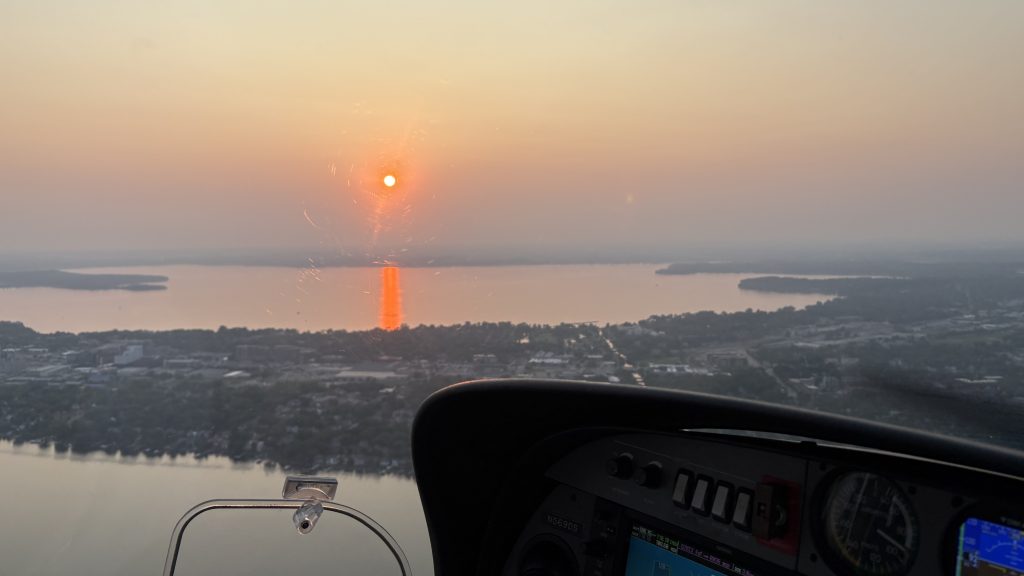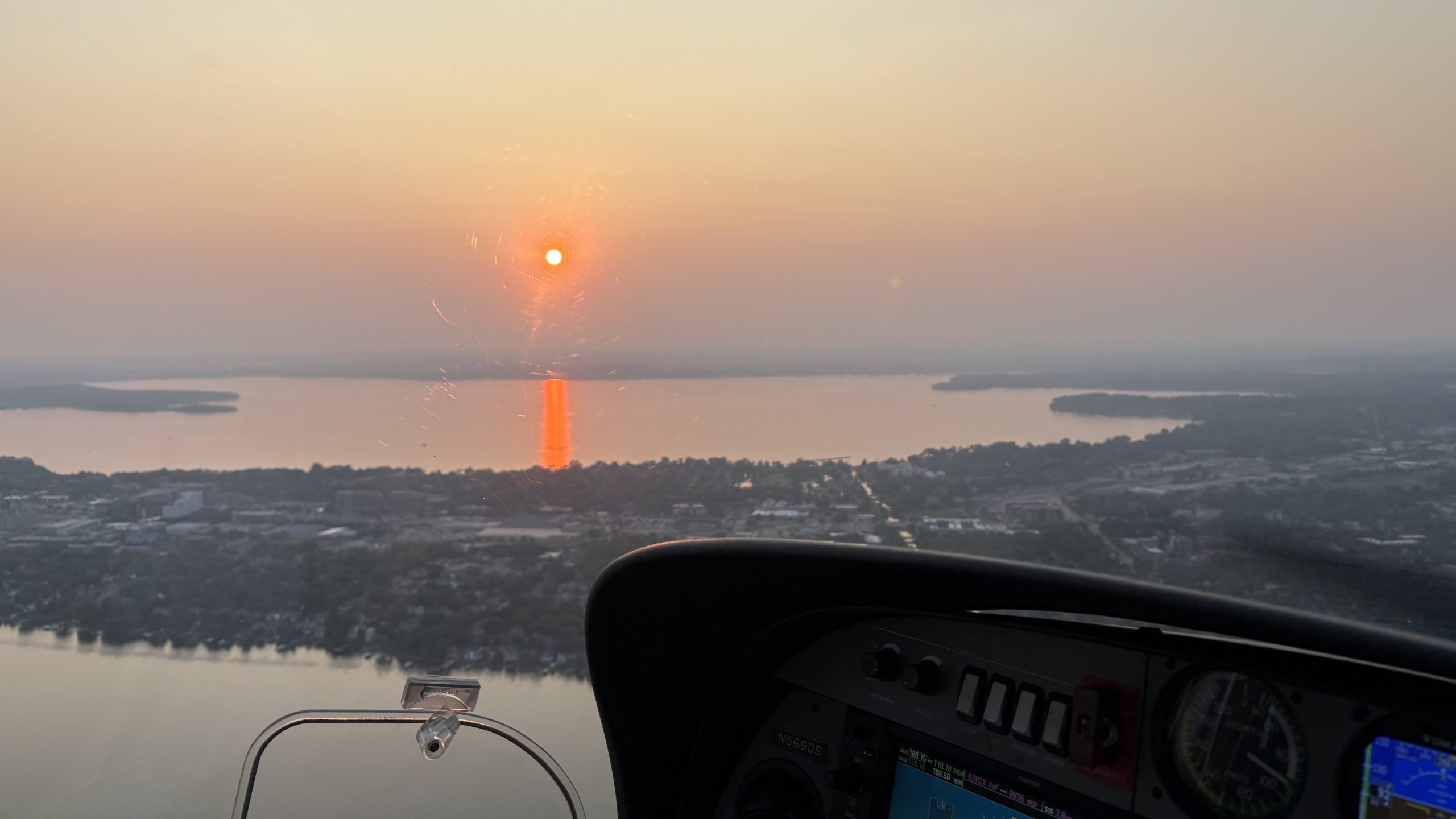Air traffic controllers appreciate it when you don’t ask them to read your mind.

This evening I spent a couple hours practicing procedures to maintain my ability to fly in clouds. This involves a decent amount of communication with air traffic control and I’m always looking for ways to make that communication more concise and efficient. I challenge myself to never require controllers to ask me for information that I could’ve anticipated they’d need from me.
I won’t say too much about pilot communication in general except that I think most pilots are remarkably bad at it. It’s the regimentation–we say things a certain way, often necessarily so, to keep them uniform and understandable. But sometimes regimentation is all there is. We say what we say because we’ve said it a million times but we don’t assess whether we’re really communicating effectively.
There is a human being on the other end of each transmission who needs to understand what I’ve said and derive as much useful information from it as possible in as little time as possible.
Air traffic controllers, in order to do their jobs effectively and efficiently, need to know what we’re doing now, how we expect that to end, and what, if anything, we’ll do next. I try to give them that information without requiring them to prompt me for it. I also try not to overload them with details because they’re human and they’re dealing with lots of aircraft, not just mine. I succeed most of the time but definitely not always.
Cool thing is, tonight a controller noticed this and mentioned it to me. This happens every so often. Maybe two or three times a year.
It’s fun when you try to make someone’s job a little easier and they notice and say “hey, thanks for doing that.” It makes you want to do even better next time.
Six approaches and a couple holds and never once did anyone have to ask me “how will this approach terminate?” That’s a win!
Appendix 1: What it means
For non-pilots who are interested in what is going on in that audio clip:
Departure, Diamond Star 569-Delta-Sierra, 2,700 climbing 3,000, heading 090 assigned, request vectors RNAV 32, and this will be a full stop.
“Departure,” I’m talking to the departure controller, who sits in the basement of the control tower with a radar screen and sequences aircraft away from the airport after takeoff. In Madison he is also the approach controller, doing the same for aircraft approaching the airport to land.
Arguably I could’ve called him “Approach” here, since my ultimate goal was to navigate back to the airport, but I’ve settled on addressing my initial callup to “Departure” when I’m departing an airport, even if it’s only temporary. My rationale is that “Approach” implies I am outside the airspace coming in. That might momentarily cause his eyes to drift to the periphery of his radar screen to look for me, where in reality I’m in the center, near the airport, working my way out, where anybody initially addressing “Departure” is likely to be. I’m trying to help him find me on his screen as quickly as possible.
“Diamond Star 569-Delta-Sierra” is our aircraft type and tail number, it identifies us. “2,700 climbing 3,000,” we’re climbing through 2,700 feet and will stop at 3,000 feet because that’s as high as the previous controller gave us permission to go; “heading 090 assigned,” that controller also restricted us to an eastbound heading. “Request vectors RNAV 32,” I’m asking him to point us toward a particular landing procedure that I want to practice. “This will be a full stop” because we’ll land and be done when this procedure is complete. If we were going to do another afterward, I would’ve given him its name here, something like “miss to vectors ILS 36,” so he’d know roughly what to expect the next time around.
It is not as arcane and complex as it sounds. The structure is more or less the same every time, a few labels and numbers change, that’s all.
